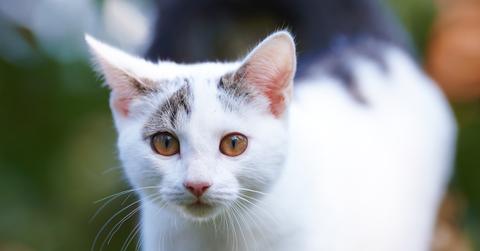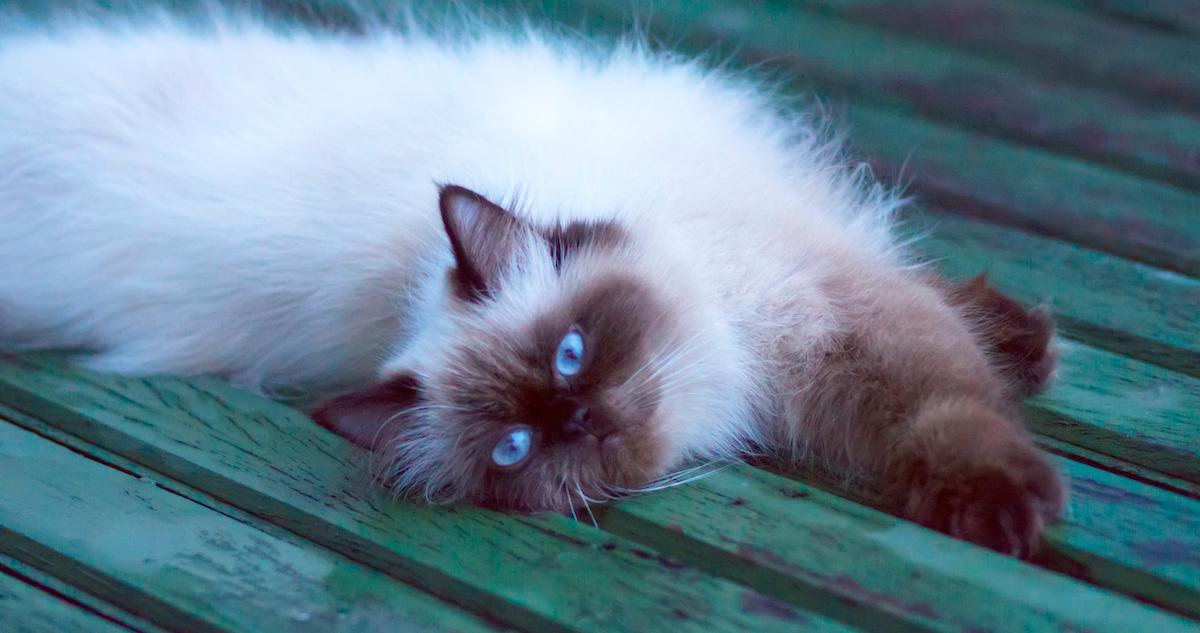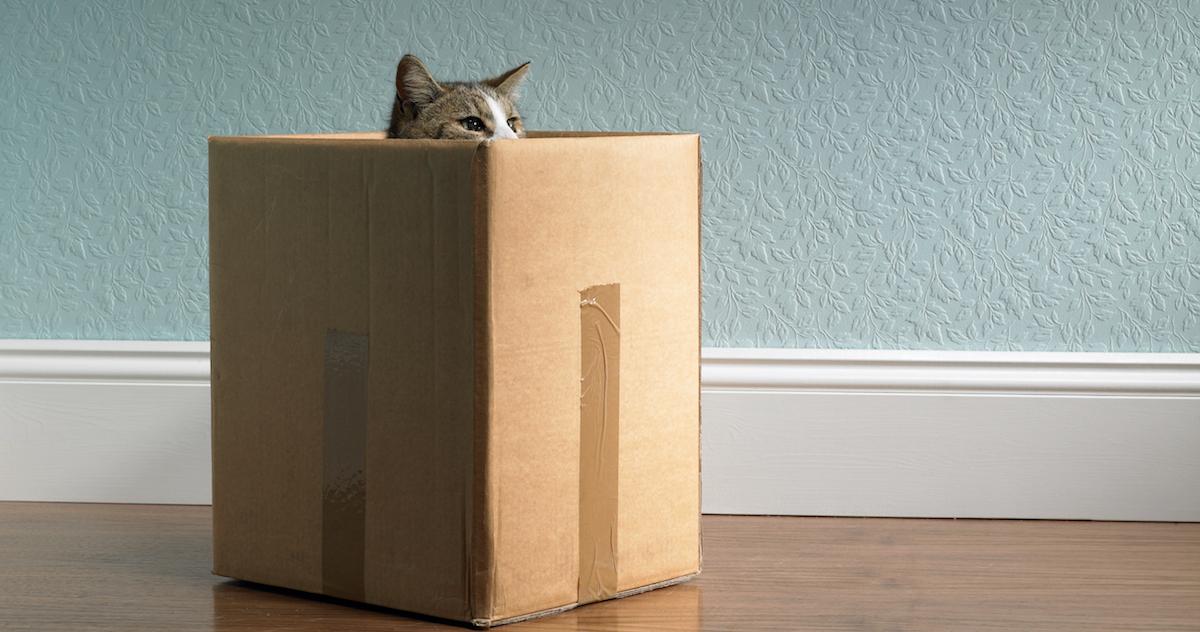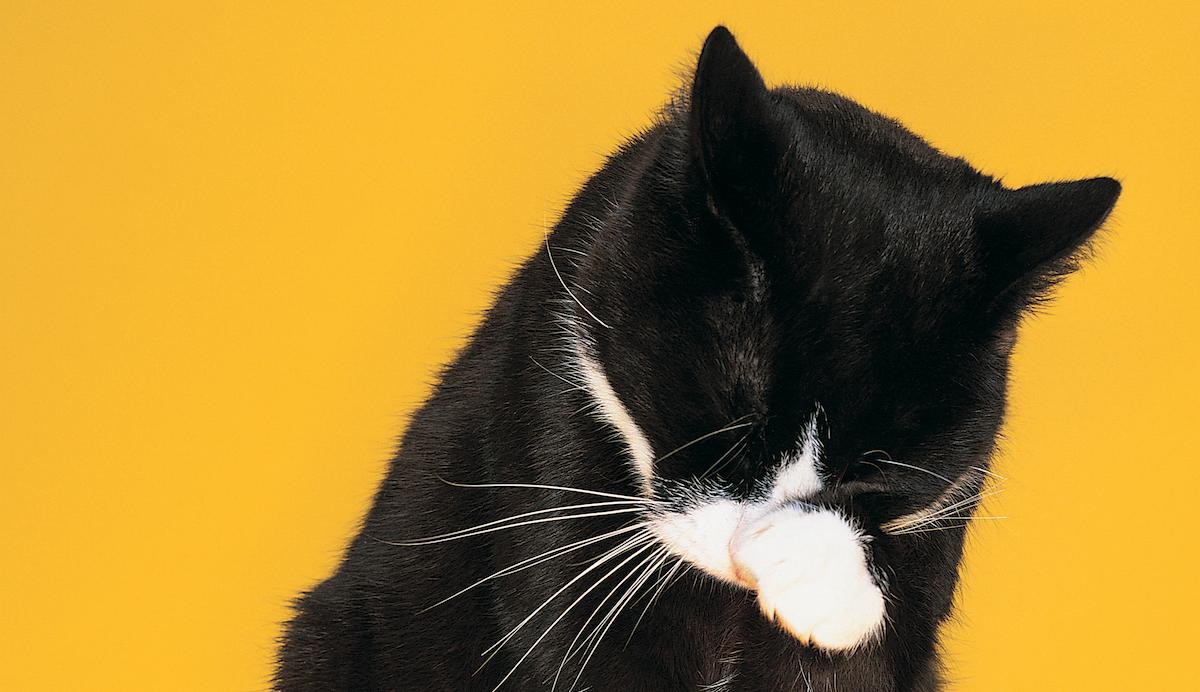So, Your Cat Has Dandruff — Here's What You Should Do
Published May 3 2021, 4:11 p.m. ET

Despite a lifetime of self-grooming, cats can suffer from dermal conditions just like the rest of us. Cat dandruff isn’t exactly like human dandruff, however, and locking down the reasons why your cat has dandruff isn’t always cut and dry. For that matter, the resolution of this feline fur complaint is rarely going to be as easy as applying some Head & Shoulders. Fortunately, we’ve got the purr-fect guide to helping you discern and fix your cat’s dandruff.

Why does my cat have dandruff?
According to the Texas A&M University's Veterinary Medicine and Biomedical Services, cat dandruff can arise from various underlying health conditions and external causes. Allergies, obesity, skin infections, arthritis, and even serious illnesses like cancer, kidney disease, pancreatitis, diabetes, or cutaneous lymphoma can contribute to the development of cat dandruff. Ticks and fleas, or bacterial and fungal infections will often have a similar effect.
Cat dandruff itself is caused when sebaceous glands in the cat’s skin begin to overproduce oil. According to Royal Canin, the oils produced by these glands are meant to protect and nourish your kitty’s skin, but when it's overproduced, things start to go awry. Too much can cause flakiness and shedding.
Diet can impact the development of cat dandruff as well. Protein, omega 3, or omega 6 fatty acids are all necessary for your cat to have healthy skin. Vitamin A is also good for regulating skin health and sebaceous oil production. If any of these elements are lacking in your cat’s diet, then dandruff could be the end result.

He's embarrassed about his dandruff...
What does cat dandruff look like?
According to Royal Canin, cat dandruff might appear in several different ways. It could look like human dandruff. White specks might appear on the cat’s fur or shed onto your clothes, bedding, carpet, or furniture. If you notice your cat scratching one particular area and peel back the fur slightly, you’ll likely notice that the skin looks dry and inflamed. Your cat might be trying to groom even more than usual — if that’s even possible — and they might experience some hair loss.
This condition most commonly affects indoor cats, though outdoor cats can suffer from dandruff as well. If you notice any irregular or circular patches of hair loss, weak or brittle hair, or reddish patches of skin, you’ll want to visit a vet immediately. Also call your veterinarian if you see any evidence of vomiting or changes in appetite, water consumption, or litter box usage — these could all be signs of one of the serious medical conditions mentioned earlier.

Ways to get rid of cat dandruff:
According to PetMD, there are several ways to address cat dandruff without resorting to extreme measures. Be sure to discuss any and all of these with your vet before making any changes to your pet’s diet, medication, or grooming practices.
Changing your cat’s diet to incorporate more omega-3s could result in healthier, more supple skin and a shinier coat. Fish oil and coconut oils are available in canine and feline supplements, which can be dripped onto their normal food. Just be sure to introduce them slowly, as to not upset your kitty’s tummy.
Cats don’t particularly like baths or water, which is why they tend to take care of most of that themselves. Nevertheless, if the dandruff is the result of fleas, ticks, or some other external skin condition, your vet might recommend giving them a bath or even using medicated dandruff pet shampoo. Do not — we repeat — do not use human dandruff shampoo.
If diabetes or obesity is the culprit, self-grooming might be out of the question until your overly plump cat loses a few pounds. Your vet will likely recommend a specific type of food, an exercise plan, or medication to help the process, but get ready for some hungry yowling throughout the process.